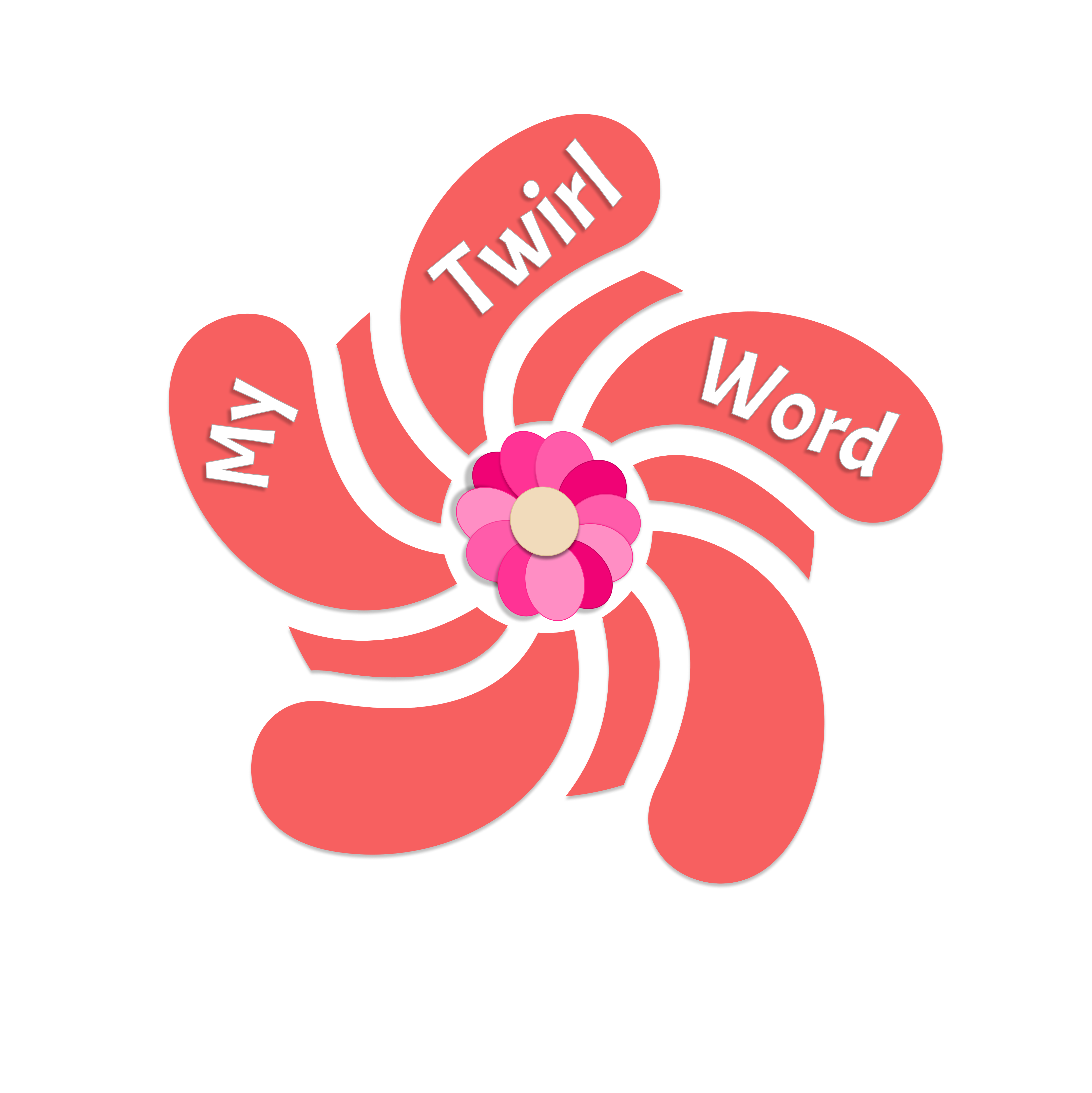Coloring is often seen as a simple childhood pastime, but its psychological benefits extend far beyond early development. In recent years, adult coloring books have surged in popularity, proving that this creative activity is not only enjoyable but also beneficial for mental health. From activating the brain’s reward system to promoting emotional regulation, coloring offers a natural and accessible way to enhance well-being.
How Coloring Activates the Brain’s Reward System
The act of coloring engages the brain’s reward system by stimulating the release of dopamine, a neurotransmitter responsible for pleasure and motivation. When we focus on filling in intricate designs with colors, we experience a sense of accomplishment and satisfaction, which triggers dopamine production. This release enhances mood and can even create a mild state of euphoria, similar to what we experience when engaging in other enjoyable activities like listening to music or eating a favorite meal.
Moreover, coloring encourages mindfulness by drawing attention to the present moment. This immersive experience helps reduce stress and anxiety, as it shifts focus away from negative thoughts and promotes a state of calm. By engaging the brain in a structured yet creative task, coloring offers a break from daily stressors and fosters a sense of relaxation.
Why Coloring Helps with Emotional Regulation
Emotional regulation is the ability to manage and respond to emotions in a healthy way. Coloring serves as a powerful tool for emotional regulation by providing a safe and structured outlet for self-expression. Here’s how:
-
Reduces Stress and Anxiety – Coloring activates the parasympathetic nervous system, which helps the body relax. The rhythmic motion of coloring and the focus required to stay within the lines create a meditative state, lowering cortisol levels and reducing stress.
-
Encourages Self-Expression – Sometimes, emotions are difficult to verbalize. Coloring allows individuals to express their feelings through color choices and artistic decisions. This non-verbal form of self-expression can be particularly helpful for children and adults dealing with emotional challenges.
-
Enhances Focus and Patience – Coloring requires patience and concentration, which help regulate impulsive behavior and encourage a sense of control. By slowing down and focusing on the task, individuals learn to approach emotions with a similar level of patience and awareness.
-
Creates a Sense of Accomplishment – Completing a coloring page provides a sense of achievement, boosting self-esteem and reinforcing positive emotions. This sense of progress can help counter feelings of helplessness or frustration.
Conclusion
Coloring is more than just a fun activity—it is a scientifically backed tool for improving mental health. By activating the brain’s reward system and promoting emotional regulation, coloring provides a simple yet effective way to enhance well-being. Whether used as a stress-relief technique, a mindfulness practice, or a creative outlet, coloring can help individuals of all ages cultivate a sense of calm, focus, and joy.
If you’re looking for beautifully designed coloring pages with positive quotes to inspire relaxation and motivation, be sure to check out My Twirl Word’s collection of printable and physical coloring books. Start coloring your way to a healthier mind today!


